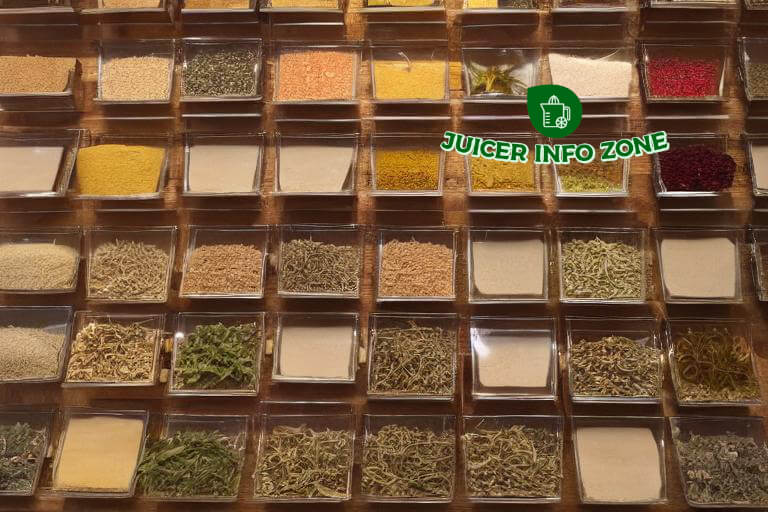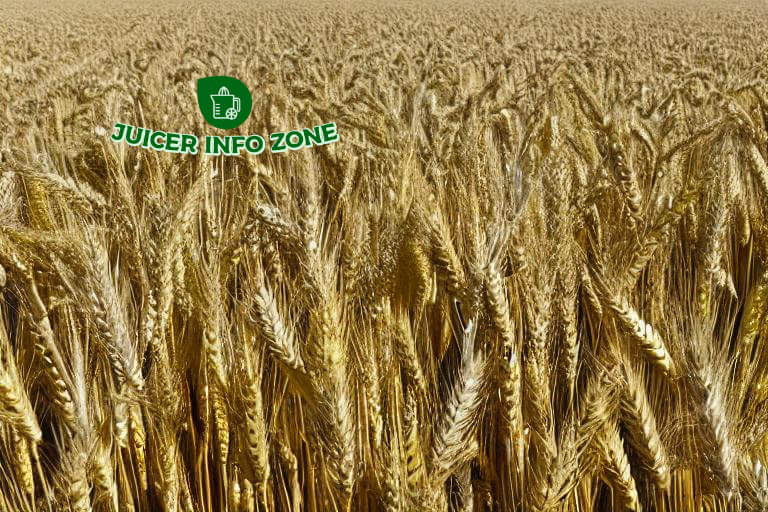What Are Gluten Intolerance Symptoms?

More and more people have found themselves unable to tolerate gluten. Gluten is a protein that can be found in most wheat products, including breads, baked goods, and pasta. The substance actually helps proteins adhere to the wheat giving it more elasticity and texture. But many people have a reaction after eating foods that contain gluten in them.
- Any type of digestive problems like constipation, gas, bloating, and diarrhea. A distended stomach along with cramps and pain in the abdomen as well as vomiting and nausea.
- A tired feeling, fatigue or a brain fog could be the result of eating something with gluten in it. It could also result in anemia.
- Dizziness and feeling like you are losing your balance.
- Moodiness, depression, anxiety, and attention deficit disorder.
- Swelling of your knees, hips and fingers could be a reaction.
- Edema is a form of fluid retention that could also be caused by consuming gluten.
- Migraine headaches and problems with your gums and teeth.
How Can You Test for Gluten Intolerance?
If you have any of the symptoms listed above you may be intolerant to eating gluten. How can you confirm this? Go to your doctor who will give you a blood test to determine if your condition is due to gluten. You should also rule out Celiac Disease.
Another way to determine if you are gluten intolerant is to go without consuming gluten for 60 days. Because there is so much gluten in the foods we eat it will take a good amount of time to clear out your system so you can get a better idea of what is going on.
Before you begin the diet, write down all of the symptoms that you currently have. List them on a piece of paper and rate the pain level or the amount of discomfort you have on a scale of 1 to 10 with 10 being the highest.
Begin your new way of eating and refrain from the following foods:
- Beer
- Breads with wheat, barley, rye, and bran
- Cookie dough
- Couscous
- Pasta
- Soy sauce
- Malt vinegar
- Teriyaki sauce
- Unbleached four
Go online to find a complete listing of everything you need to stay away from for 60 days. You could check in about half-way through this self-diagnosis and go over your list of symptoms. First check to see if you still have them and if you do, check to see what your pain or discomfort levels are. See if there is any change yet.
 CLICK HERE TO VIEW CURRENT PRICING
CLICK HERE TO VIEW CURRENT PRICING
At the end of the 60 days repeat as above and check your symptoms to see if you still have them. If you do, rate the pain and discomfort level. You will probably feel better in a number of areas. If you wish to continue, find yourself a gluten-free diet book or cookbook and plan on adapting this type of eating from now on. You will feel better in the long run.





